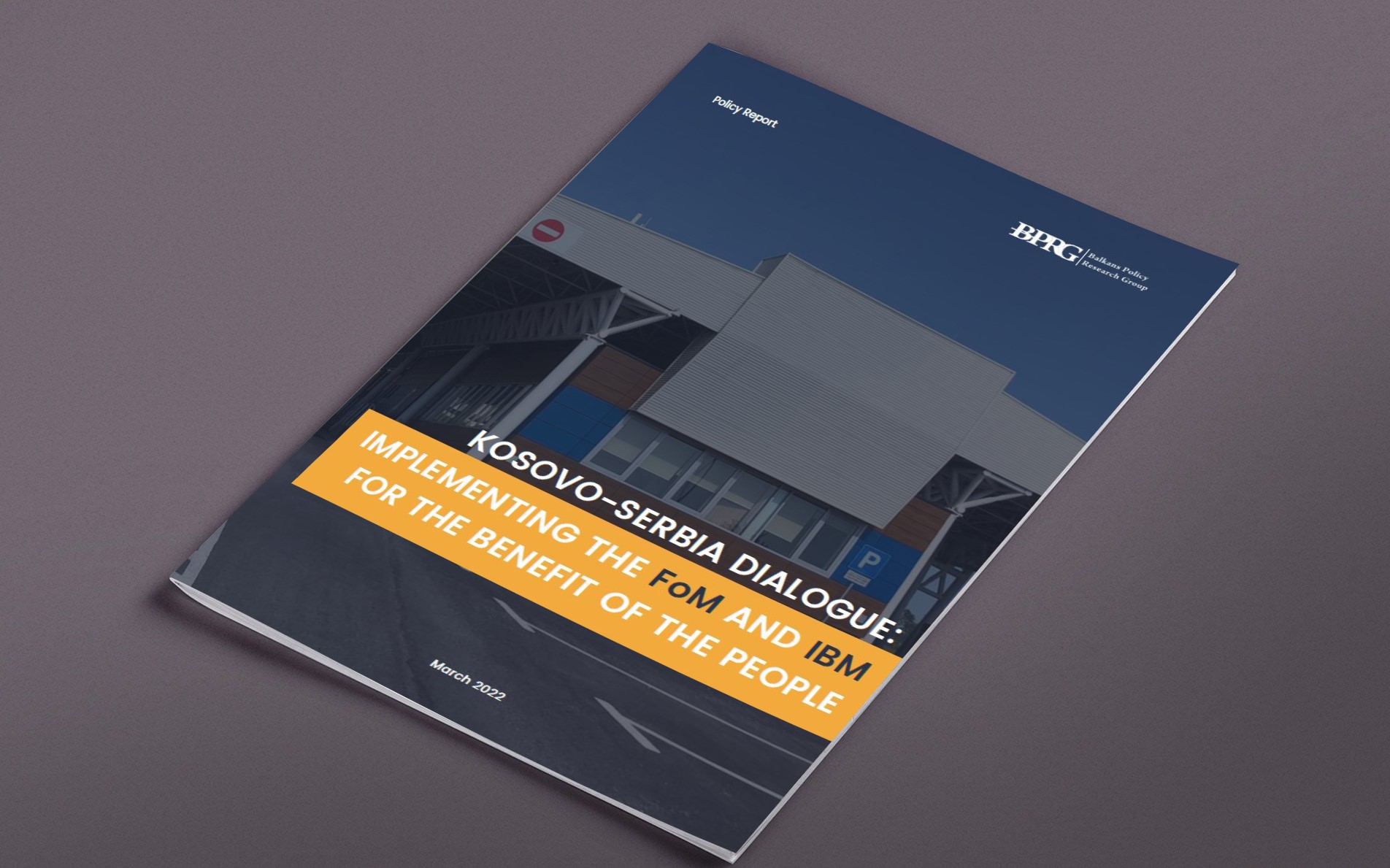Balkans Policy Research Group has published a new policy report KOSOVO-SERBIA DIALOGUE: Implementing the Freedom of Movement and Integrated Border Management for the benefit of the people, which provides a detailed analysis of those arrangements and the state of implementation.
The Freedom of Movement (FoM) and the Integrated Border Management (IBM) arrangements are closely intertwined in the Kosovo-Serbia context, with one common goal: easing freedom of movement and creating open and secure border crossing points. Deficient implementation has severely hindered citizens’ life of both countries and has consequently lowered their trust and support for the dialogue.
Free movement of people and goods mark fundamental European Union (EU) values. Hence, the EU should insist that Kosovo and Serbia re-pack the IBM and FoM agreements and that they engage -promptly and effectively- in their implementation for the sake of their citizens.
Bilateral disputes (between Kosovo and Serbia) over the ID Cards and border crossing procedures are also delaying the progress on the arrangements and the connectivity for the whole Western Balkans region.
The European Union shall step up to resolve these issues and advance implementation of reached agreements between Kosovo and Serbia; which are mandatory for establishing and advancing cooperation of Western Balkans countries, on equal footing at the regional level.
The agreements on Freedom of Movement (FoM) and on Integrated Border Management (IBM), between Kosovo and Serbia were reached in 2011. Domestic politics and fluctuating positions of both parties, including of the EU have left the arrangements unimplemented. It is critical, therefore, that the parties and the European Union (EU), push these agreements forward, by re-packing them into a single issue and implementing them for the benefit of the people.
This publication is supported by the Royal Norwegian Embassy in Prishtina. The views and analysis in this publication are solely of the Balkans Group and do not reflect the views of the donor.
This publication can be found HERE.

